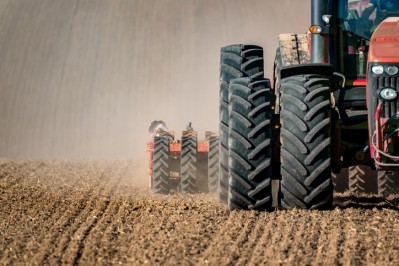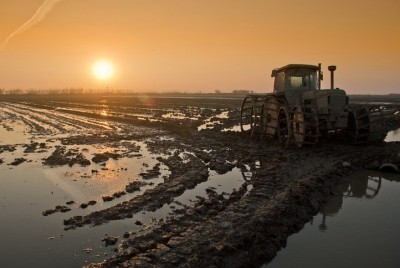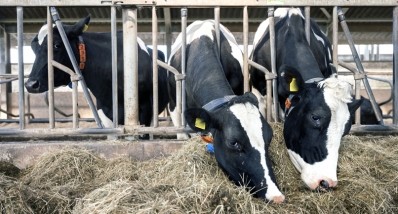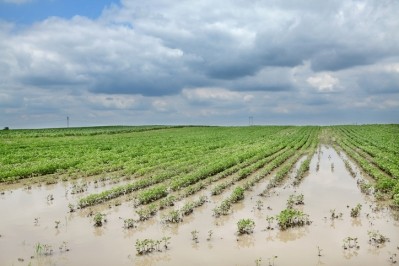US: Wet weather, limited availability prompts hay program outreach
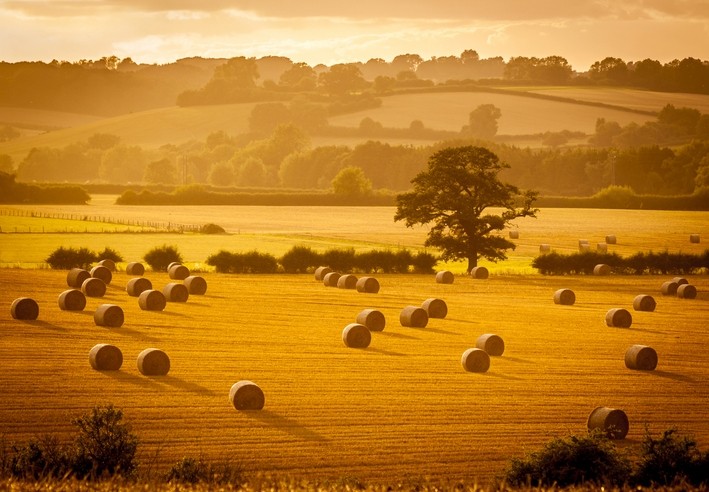
The Michigan Hay Listing Network presents an option for producers following a series of forage and hay production challenges, said Philip Kaatz, forage educator with Michigan State University Extension. “Going into the winter of 2018/19 we saw our stocks were less, our inventory was less,” he added.
Producers in Michigan also faced challenging weather in the summer and an “awful fall,” he told us.
“We’re at the end of the marketing year for hay,” Kaatz said. “People who are looking for hay are running out.”
The intention behind highlighting the program now is to encourage hay growers to take part in the outreach program if they have remaining inventory, he said. Adding, “A lot of people who are normally on the list are sold out.”
“For people who are sold out of hay, it puts them in a situation where they may need to find another source at the end of the year,” he said. The system also provides a reminder that there may be other options for producers and hay still available through alternative sellers, he added.
“There is ebb and flow,” Kaatz said of how and when the hay network system is used more heavily. “Many of the suppliers who had good inventory going into the year – they’re sold out.”
The network was initially established as a free system for livestock producers in the area to see available amounts of hay or forage across the state, he said. “It’s something that we’ve done in the past and it’s been well received, and we want to keep providing that networking – since we can do it at no charge,” he added.
“Our job is to provide people with an opportunity to reach out and find where the supply is,” he added.
Hay and forage producers across the state and outside of Michigan can list hays including alfalfa, red clover, straw and corn stover, according to program information.
Once posted, listings stay for 90 days before being removed but can be updated if feed ingredients are still available, Kaatz said. The system also provides another alternative market for hay growers.
Topsoil, pasture conditions
Despite low supplies in remaining hay, it may be some time before pastures are ready for livestock, Kaatz said.
“We’re pretty wet right now and I think we’re going to have a little later spring,” he said. “Experience tells me when we’re cool in April we have a chance that it might get hot quickly, but more than likely we’re going to be a little later this year.”
Across the US, topsoil moisture conditions on average show that about 29% of cropland acreage has surplus topsoil moisture and 28% of acres have surplus subsoil moisture, said the US Department of Agriculture (USDA) in the crop progress report released Monday [April 22].
Last year at this time about 17% of cropland acreage had surplus topsoil moisture, and about 13% of acreage on average had excess subsoil moisture, the department said.
Across the Midwest, states like Illinois, Indiana and Michigan are reporting that 54%, 59% and 57% of cropland acres, respectively, have excess water, the USDA reported.
